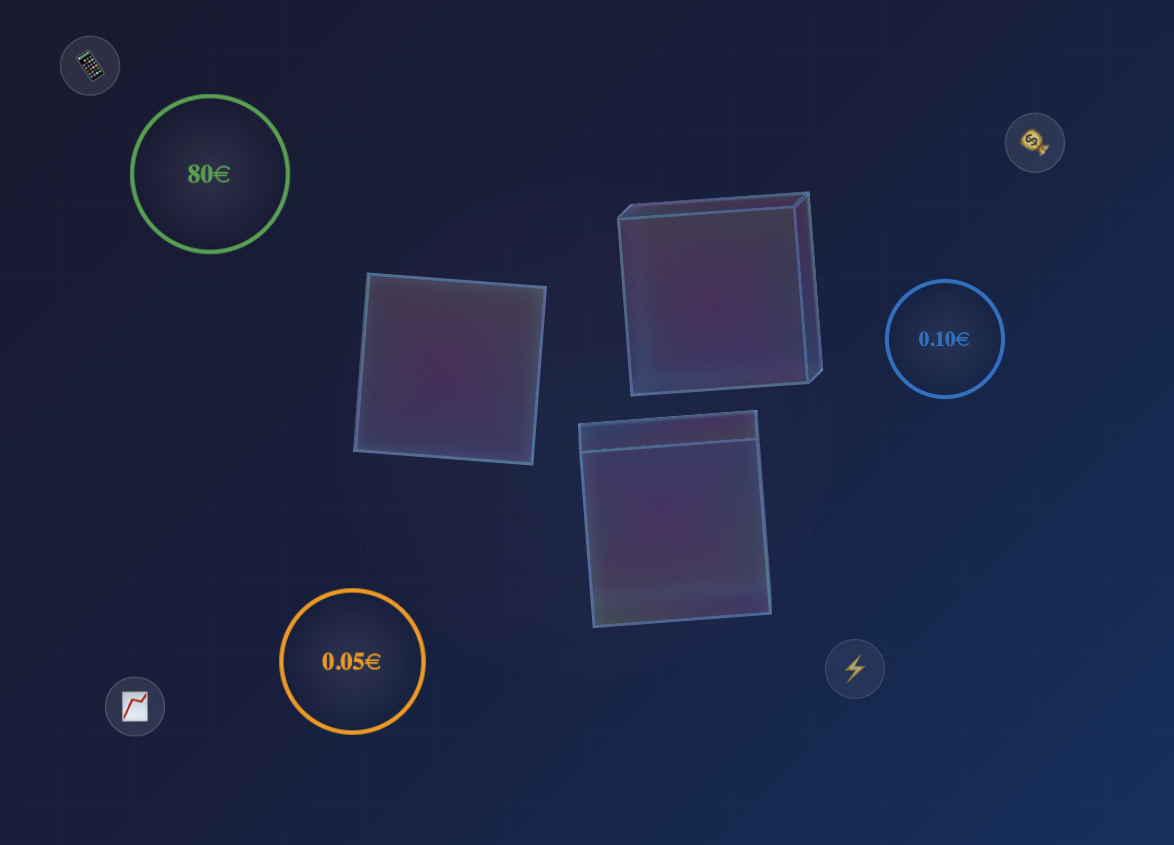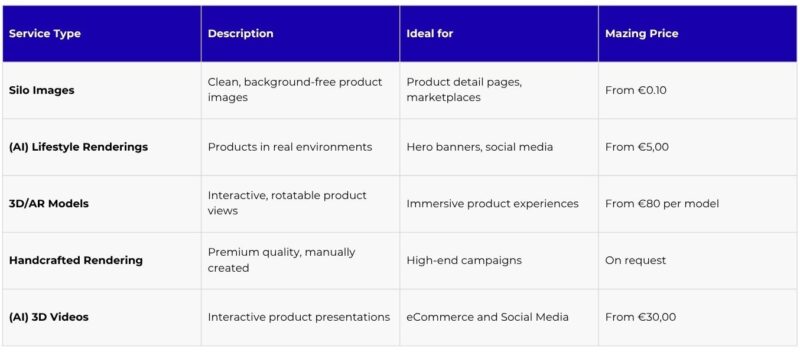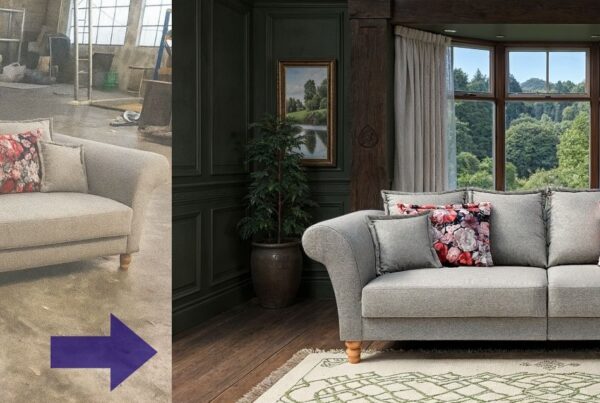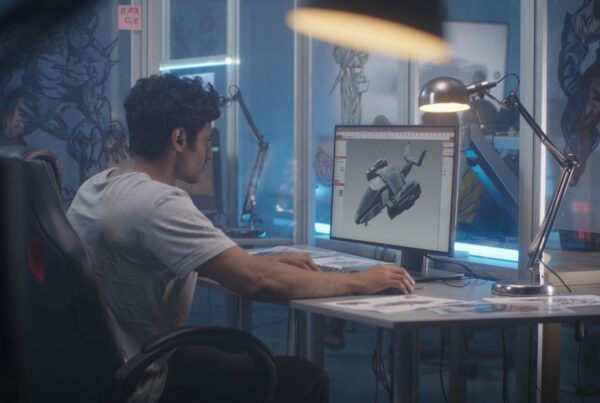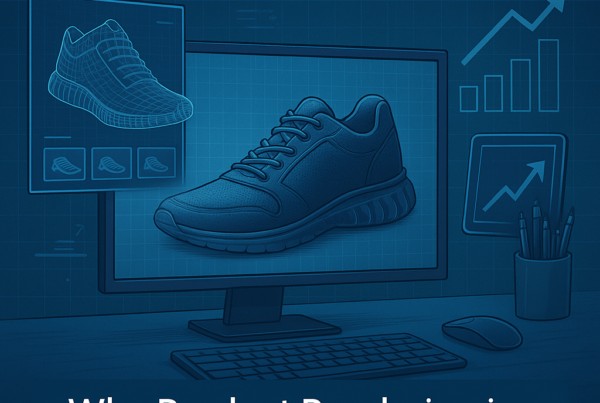3D Product Visualization Pricing Guide: What You Should Really Be Paying For
3D product visualization is not just an add-on but a necessity for any E-commerce company looking to remain competitive within today’s digital-first era of commerce. Turning ordinary product images into dynamic, engaging experiences, 3D images provide shoppers the ability to view products from all angles and even put them into their space using Augmented Reality.
Static images constrain product storytelling, High production expenses hinder scalability. On their part, contemporary platforms such as Mazing empower brands to produce and launch images and videos more quickly and inexpensively— without sacrificing quality.
Within this guide, we’ll take an in-depth look at the various 3D renderings, pricing models, and hidden costs and why AI-driven platforms such as Mazing are changing the rules. If you’re about to level up your product images, that is where it all begins.
What Is 3D Product Visualization and Why It Matters
ECommerce has moved much beyond static images. Now, 3D product visualization is restructuring how brands project their products digitally—offering engaging, fully-featured, and high-converting shopping experiences. Rather than depending upon traditional 2D photography, which tends not to capture the full depth or capability of a product, brands now utilize 3D models which can be rotated, zoomed, and positioned within real-world settings via Web AR.
This shift isn’t purely about looks. This is about customer experience. When shoppers are capable of understanding what they are purchasing, they are more confident—and resulting returns are lower with improved interaction and engagement. And indeed, apps such as Mazing have demonstrated that applying 3D/AR viewers can increase conversions by 45% and decrease returns by 15%. That’s not all impressive–it is a life-changer for any web store interested in boosting performance.
Another of our game-changers? 3D rendering. Whether sleek silo shots or engaging lifestyle imagery, 3D renderings based upon a single product photo are capable of matching, and often outperform traditional photo shoots when it comes to speed, and quality, and thanks to AI, the process It is now cheaper, faster, and scalable than ever previously.
With visual-centric platforms such as Mazing, eCommerce businesses are able to upgrade their flat product pages into engaging, 3D/AR-enriched experiences that convert casual browsers to confident buyers.
Test MAZING for your 3D Product Visualisation
Types of 3D Product Visualization Services Available
When it comes to 3D product visualization, not all images are created equally. brands have a number of different options available to them, each suited to different applications—from presenting products
in a straightforward fashion to designing very refined marketing images. At Mazing, which is intended to provide each and every visual touchpoint a product could possibly need.
Here are the main service levels broken down:
- Silo images: Clean and background-free images ideal for product detail pages and marketplaces. They are derived from a 3D model, frequently from several angles to ensure consistency between catalogs.
- Lifestyle renderings: These present the product within a real-world setting—couches in a tasteful living room or lamps beside an evening They are connected on an emotional level with purchasers and are perfect for hero banners or social media.
- Interactive 3D/AR models: They are the most engaging format, permitting customers to rotate, zoom, and even put products into their own space using mobile-based AR.
What differentiates Mazing is the variety of methods offered. You can choose from AI life rendering, which employs prompt-based automation to produce images cost-effectively and efficiently. or, for premium campaigns, opt for handcrafted rendering, from meticulous briefings to produce studio-quality output.
By fulfilling both entry-level and premium requirements, Mazing ensures that whether you are an emerging DTC player or a global retailer, your 3D modeling strategy is ever-present—and within budget.
Factors That Influence the Cost of 3D Product Visualization
Pricing for 3D product visualization isn’t a one-size-fits-all proposition–it’s a blending of inputs and output formats. Whether you’re budgeting for a straightforward product line or an entire digital catalog, and knowing what drives expenses enables you to make wiser choices.
A primary reason is the nature of the incoming materials submitted. Brands that post simple photographs might pay more than those who can provide clean CAD files, as modeling complexity differs significantly. Equally, how much realism you can expect plays an important
role—hyper-realistic Surfaces, fabric folds, or glass reflections take up more power to render.
Then there is the style of rendering. A silo render is significantly quicker to produce than a complex life setting that has several props and backgrounds. The amount of products you want ordered additionally affects price; orders taken by bulk normally reduce price-per-model.
Here’s where Mazing excels. Due to its AI-driven pipeline, Mazing bypasses most of the manual bottlenecks and delivers consistently good quality without premium pricing. That’s how they produce 3D models from a mere handful of photos—without losing definition or realism. new era of
AI-powered visualization which slashes expenses significantly.
Pricing Models: Per Model, Per Render, or Subscription?
Pricing within this market can get confusing very quickly. The old-school agencies may toss around custom quotes, keeping you in suspense until the invoice arrives. But not at Mazing, where
transparency reigns—and There are several models to accommodate various kinds of businesses and budgets.
Here are the three primary price structures you’ll be working with in the industry:
- Per model – You pay a flat fee for every 3D This is ideal for smaller catalogues or limited production runs. At Mazing, these begin from only €80.
- Per Render – Charges are tiered according to how much visual output you produce, such as images or animations. For instance, an image of a silo from just €0.10.
- Subscription-Based – This consists of a fixed number of models, viewers, and tools bundled into a single monthly payment. Suitable for scaling businesses that desire predictable
Mazing is launching volume-based pricing for their 3D/AR viewer, beginning at €0.05 per view—enabling experiential shopping at scale. If you’re dipping your toes or if you are rolling out graphics for hundreds of SKUs, there is a price model that suits you.
Cost Comparison: Traditional 3D Agencies vs AI-Based Platforms
Let’s be real: traditional 3D agencies can burn a hole in your marketing budget. Between long revision cycles, rigid communication, and hefty hourly rates, it’s no wonder many brands hesitate to go all-in. But with AI-driven platforms like Mazing, the game has completely changed.
Here’s how the two compare:
- Speed: Manual agencies often take weeks to deliver a single With AI-powered generation, Mazing produces models in days—sometimes hours.
- Cost: Traditional services may charge hundreds just to get Mazing slashes that to €80 per model thanks to automated workflows and smart rendering.
- Scalability: Need 10 models? 100? 1,000? Mazing’s platform was built for scale—no need to brief freelancers or wait on back-and-forth edits.
- Consistency: Human error is With an AI pipeline, results are uniform across your entire catalog, making your eCommerce site look polished and professional.
The bottom line: an AI-based platform like Mazing delivers better value, faster results, and fewer headaches. You don’t just save money—you unlock creative agility.
 Hidden Costs to Watch Out For
Hidden Costs to Watch Out For
On first glance, a 3D product visualization quotation might seem reasonable—but look deeper and you’ll realize there’s an entanglement of surprise fees. These secret fees are what distinguish dependable platforms from cost-cutting service providers.
Let’s break down some of the most common culprits:
- Revision fees: Revisions are often billed per round of feedback, promptly inflating your project budget.
- File conversions: Require alternative output formats for Amazon, Meta Ads, or your CMS? Be prepared to pay extra—unless it’s covered.
- Slow delivery: Rushed timelines tend to be accompanied by up-front premium fees. Ironically, they merely take you back to where AI platforms such as Mazing begin—quick and efficient.
Another red flag is to charge for access to basic platforms or asset hosting. With Mazing, these Essentials are available thanks to their all-in-one model. Asset storage and revision tools, and even performance monitoring without getting nickel-and-dimed.
That is why Mazing has such a compelling value proposition: no fine print, no hidden fees. pricing that spans from 3D rendering to integration of an AR viewer, making more predictable and simpler budgeting.
What You Get for Your Money: Quality, Speed, and Scalability
It’s not just about saving money—it’s about what that investment brings back. With platforms like Mazing, the ROI of 3D/AR visualization isn’t hypothetical. It’s proven.
Here’s what brands are really buying when they invest in modern product visuals:
- Speed: Turnaround times are slashed from weeks to Launch new products faster. Pivot campaigns instantly.
- Performance: Real-world data from Mazing shows up to +45% higher conversions and -15% fewer returns when using 3D/AR viewers.
- Scalability: Whether you’re managing 20 SKUs or 2,000, Mazing’s platform grows with you—no additional project management needed.
- Visual Impact: Enhanced customer confidence means more add-to-carts, longer site visits, and fewer abandoned checkouts.
And let’s not forget qualitative perks: brands using AI lifestyle rendering report better social media engagement and a more premium online presence.
Meanwhile, high-end retailers benefit from handmade rendering that mirrors traditional photoshoots at a fraction of the price. With measurable impact and brand-elevating visuals, you’re not just spending—you’re building a better, smarter eCommerce engine.


